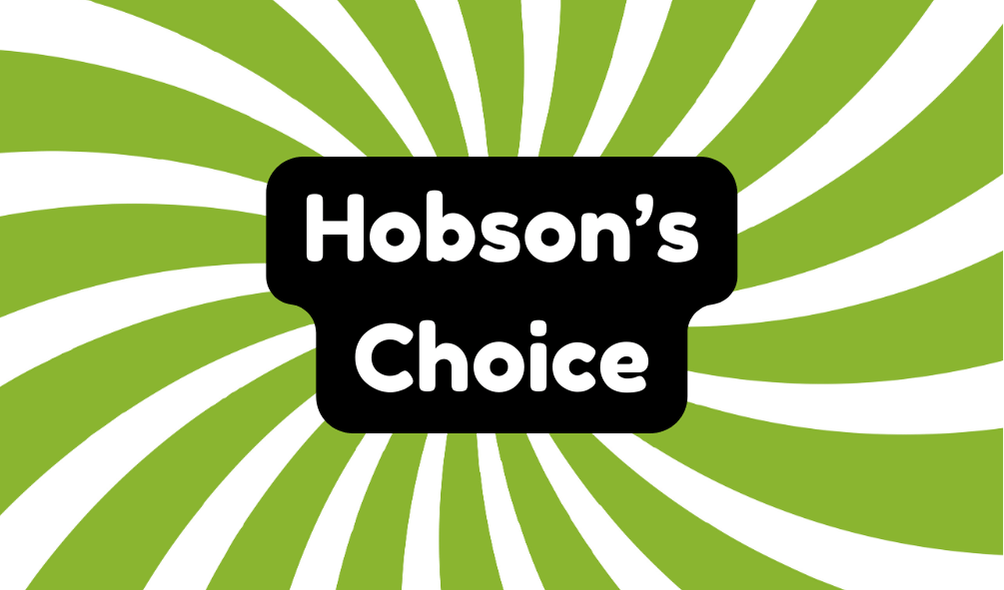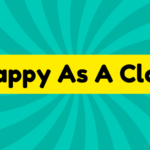Hobson's choice describes a scenario where a person faces limited options, fundamentally forced to accept one choice or none at all. The term originated in the 17th century from Thomas Hobson's livery stable, where customers had to choose the horse closest to the door or leave empty-handed. This historical context underscores the discomfort of such situations. Examples include choosing between unfavorable job offers or identical products, illustrating a frustrating lack of real alternatives. More insights on this concept can enhance understanding.
Synonyms
When exploring synonyms for "Hobson's choice," it becomes clear that language encapsulates the idea of forced decisions in various forms. Understanding alternative phrasing for this concept illuminates the nuances of decision dilemmas encountered daily.
- "Take it or leave it"
- "No-win situation"
- "False choice"
These expressions reflect a lack of genuine alternatives, often leaving individuals uneasy with their choices. By examining such synonyms, one can better grasp the discomfort tied to these situations, promoting critical thought about the limited options we sometimes face in life. Awareness of this can inspire more innovative approaches to decision-making.
Example of Sentences
Examples of sentences illustrating the concept of "Hobson's choice" reveal the discomfort that often accompanies forced decisions. In various decision-making scenarios, individuals find themselves trapped with limited options, highlighting the harsh reality of such situations.
- "The only car available for purchase was a lemon; it was truly a Hobson's choice."
- "Emily confronted a Hobson's choice; work overtime or risk losing her job."
- "In a world with rising rents, finding affordable housing felt like a Hobson's choice."
These Hobson's choice examples underscore the irony of choices that lack real alternatives, prompting a critical reflection on individual agency.
Origin
The term "Hobson's choice" has its roots in the practices of the 17th century, specifically associated with a man named Thomas Hobson, who operated a livery stable in Cambridge. He faced what is now known as Hobson's dilemma, offering his customers the option to choose the horse closest to the door or none at all. This historical context reveals the essence of the phrase: a choice that is fundamentally no choice. Such forced decisions expose the uncomfortable reality of limited options, a concept that resonates in contemporary discussions about autonomy and decision-making, highlighting the often deceptive nature of supposed choices in daily life.
Collocations
Collocations associated with "Hobson's choice" often reflect the limitations inherent in the phrase itself. Such expressions convey the grim reality of limited options and forced decisions, emphasizing the lack of genuine alternatives. These collocations show how individuals often grapple with unsatisfactory choices, revealing the discomfort embedded in life's decisions.
- "Limited options available"
- "Forced decisions confronted"
- "No viable alternatives presented"
How to Use in Everyday Language
Maneuvering the reality of limited choices can be frustrating, and understanding how to use the term "Hobson's choice" in everyday language is important for expressing such dilemmas. By recognizing real-life applications, individuals can articulate their decision-making scenarios effectively. This term fits perfectly in contexts where options appear plentiful, yet are fundamentally non-existent.
| Context | Example Usage |
|---|---|
| Job Offers | "This job provides a Hobson's choice: accept the terms or keep searching." |
| Purchases | "Choosing between two identical products felt like a Hobson's choice." |
| Policy Changes | "The team's support was a Hobson's choice: comply or face consequences." |
Why Is It Still Relevant Today?
In today's fast-paced world, the concept of Hobson's choice remains relevant for many individuals steering through complex decisions. As organizations adopt rigid hiring practices, candidates often face Hobson's choice in modern hiring; accept a job that may not align with their aspirations or remain unemployed. Likewise, consumers encounter Hobson's choice in consumer choices, compelled to select from limited options presented by dominant brands, which may not meet their needs. This highlights the struggle between genuine freedom and imposed limitations, reflecting a contemporary reality where true choice is often an illusion, urging individuals to seek alternatives that foster genuine empowerment and satisfaction.







